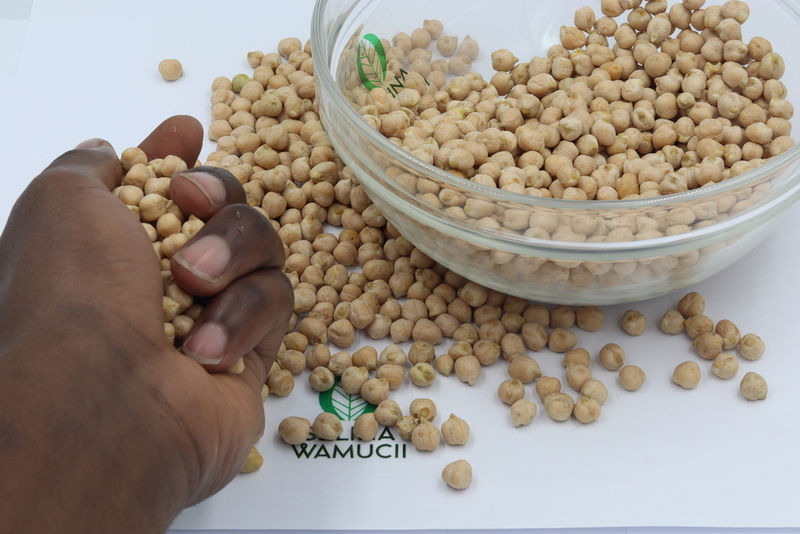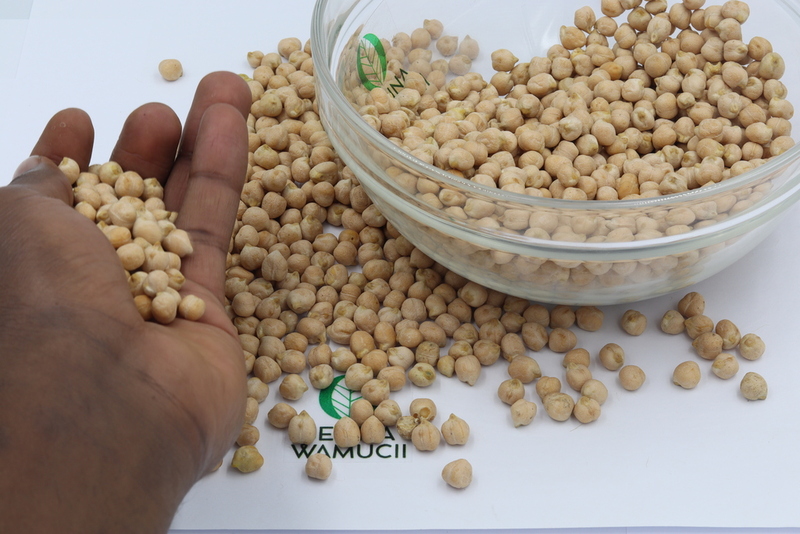Buy Malawi Chickpeas Directly From Exporters & Suppliers - Best of 2024 Market Prices
| Summary | |
|---|---|
| Variety | Kabuli Desi |
| Packing | 15,20,25,40,50 Kg Bag, Double packed for moisture protection |
| Size | 42-44 Count per Oz (12 MM); 44-46 Count per Oz (10 MM); 58-60 Count per Oz (9 MM); 75-80 Count per Oz(7-8 MM) |
| Season | October to March |
| Storage | Store in cool, dry conditions. Room temperature 10-21 degrees celcius |
| Transport Conditions | They are transported when dry in conditions that are not humid |
Smallholder farmers have been indulging in Malawi chickpeas farming as it is less labour-intensive and harsh climatic survival characteristics. Chickpeas are an important cash crop in the highlands located in the southern region of the country.
Chickpeas (Cicer arietinum) are annual leguminous plants in the family Fabaceae and subfamily Faboideae. It is also popularly known as garbanzo beans in Malawi. Seeds from chickpeas are rich in proteins. Its domestication dates back to the middle east 7500 years back.
The cradle land for chickpeas is believed to be in the middle east, and it was introduced to Malawi by Spanish explorers. The explorers tried it in small portions in the country, and the natives were not allowed to grow it not until the country gained its independence. In Malawi, the plant has developed from being an option for farmers to be one of the significant products from the state.
Seeds from chickpeas are the main ingredients in the making of hummus and chana masala while when ground can make flour known as falafel. Chickpeas are also used in salads, soups stews, curry, and other meals. Malawi is one of the largest producers of the plant on the African continent.
Chickpeas come in two varieties. There are the desi and the Kabuli types of chickpeas. They are both grown in Malawi, although the Kabuli variety is more famous in the southern regions of the country, with the central and eastern producing the desi in large amounts. Although other parts of the country provide chickpeas, the south, central, and northern region are the major growing areas. Desi chickpeas are smaller and darker with a rougher skin as compared to Kabuli, which has larger seeds that are coloured lightly and has a smoother coat. Chickpeas come in different colours such as green, black, red, and brown even though beige is the most popular and known colour of chickpeas. Their texture is buttery, and they have a nutty taste.
Chickpeas do well in cool seasons. They are annual crops that do well in temperatures ranging from 70 to 80 degrees Fahrenheit during the day and 64 to 70 degrees Fahrenheit during the nights. They have a deep taproot, which makes them survive in areas that dont receive high rainfall and are dry. They don’t need humus-rich soil as they shed their leaves, which decompose to become humus, and also, they have nitrogen-fixing nodules in their roots just like other leguminous plants. They do well in soils that are not so acidic with a pH of between 4 and 7. They do well in loamy soils that are well-drained as waterlogged soils cause root rooting making their production go down. They require rainfall of between 700mm and 1200mm annually.
Harvesting of Malawi chickpeas depends on maturity. They can be harvested directly or swathed before being combined. They require a week of proper drying in the swathing. Harvesting is done when the plants are yellowing, which indicates that the ponds are mature. Harvesting is done early in the morning to avoid the pods exploding, leading to yield losses. The seeds should be dried to ensure they have a humidity of below 15%. Buyers mostly prefer the yellowish-crème coloured seeds, so after harvesting, they should be sorted from the greenish and brown seeds.
The moisture content of the seeds at storage should be around 10 and 12%, as it helps in preventing attacks by insects or diseases. As their sizes are relatively large, they can be dried by blowing air through thin layers in a regular storage facility. The seeds should be stored in well-fumigated containers as pests quickly attack them.
For the best Malawi chickpeas, place an order on this platform for and get connected with suppliers!
Get Instant Quote
Are you a producer of Malawi Chickpeas or other products?
Sign up today for FREE to buy or sell Malawi Chickpeas.





